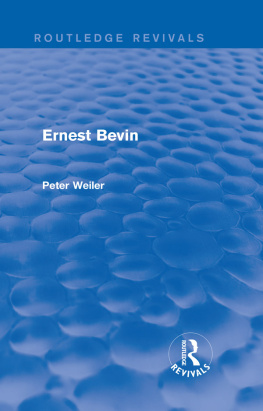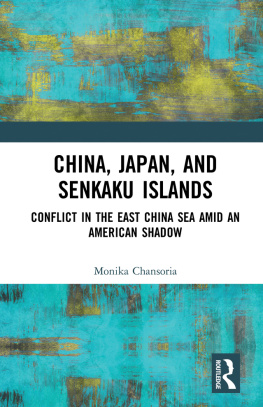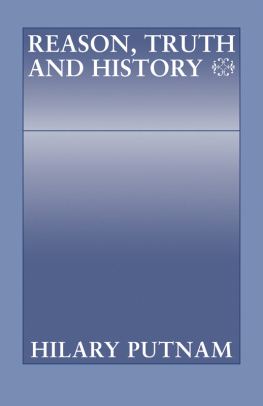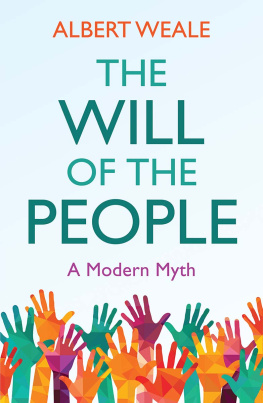Routledge Revivals
The Truth about China and Japan
This title, first published in 1921, aimed to present for the reader a glance into what the position was in Eastern Asia at the beginning of the twentieth century. This book will be of interest to student of history, politics and Asian Studies.
The Truth about China and Japan
Putnam Weale
First published in 1921
by George Allen & Unwin
This edition first published in 2015 by Routledge
2 Park Square, Milton Park, Abingdon, Oxon, OX14 4RN
and by Routledge
711 Third Avenue, New York, NY 10017
Routledge is an imprint of the Taylor & Francis Group, an informa business
1921 Putnam Weale
All rights reserved. No part of this book may be reprinted or reproduced or utilised in any form or by any electronic, mechanical, or other means, now known or hereafter invented, including photocopying and recording, or in any information storage or retrieval system, without permission in writing from the publishers.
Publishers Note
The publisher has gone to great lengths to ensure the quality of this reprint but points out that some imperfections in the original copies may be apparent.
Disclaimer
The publisher has made every effort to trace copyright holders and welcomes correspondence from those they have been unable to contact.
A Library of Congress record exists under LC control number: 19015104
ISBN 13: 978-1-138-91250-2 (hbk)
ISBN 13: 978-1-315-69187-9 (ebk)
THE TRUTH ABOUT CHINA AND JAPAN
BY
PUTNAM WEALE
COPYRIGHT, 1919, NEW YORK
BY DODD, MEAD AND COMPANY, INC.
First published in Great Britain 1921
All rights reserved)
PREFACE
THE present volume has been written primarily to allow the ordinary reader to see at a glance what the position really is to-day in Eastern Asia, and to explain precisely why there should be conflict between China and Japan.
The essential pointwhich the writer first insisted upon at great length in The Fight for the Republic in Chinais that Japan has a dual policy, one policy for the East and another for the West; that she uses military power and secret loans to advance the first, and diplomacy and publicity the second; and that this intricate matter can be understood only by exploring the history of the remote past and linking it up with what is taking place to-day. The fact that the Imperial Conference, which has just concluded its labours, failed to reach any unanimous conclusions on the subject of Japan gives additional point to the arguments which follow, and demands that the important group of documents in the Appendixparticularly the Anglo-Japanese Treatybe studied in the light of this new development.
LONDON,
September, 1921.
The Truth about China and Japan
THE best authorities are agreed that the ancient Chinese originally migrated from a point near the Caspian Sea across what is now arid desert to the upper reaches of the Yellow River. The date at which this exodus took place is so remote that all trace of it has been lost; and although the proofs of the Central Asian origin of the race are satisfying to scholars, they are of a nature which cannot be here adequately summarized. Excavations recently made in Honan province have, however, brought to light utensils and modellings in baked clay of the most primitive description, including Noahs arks of almost Biblical exactitude. According to some experts, these are conclusive evidence not only of a settlement which may be counted at least six thousand years old, but point to a close cultural connection with very distant regions. It may be that systematic search will some day disclose new and remarkable facts concerning Chinese origins in the cradle of the human race.
In any case it is quite certain that thirty centuries before the Christian era the Chinese had already occupied most of the territory comprised in the modern provinces of Kansu, Shensi, and Honan; that their route eastwardstowards the seawas barred by forests may be assumed. It is interesting to record that their pictorial character for East is a sun shining through trees, whilst the word obstruction is compounded by placing the selfsame tree in a doorway. The remote ancestors of the race certainly cleared the land as they advanced, changing from a pastoral cultivator race, tilling the soil in small patches, into a purely agricultural nation at a time when classical Greece had not yet emerged out of the dim mists. The Chinese still venerate the name of the ruler who established tillage as the basic institution, and who rightly assumed that there is no increment so rich and so beneficial to mankind as the increment of the fields.
Twenty-five hundred years ago, when Confucius and Laotzu flourished, China was already a very old country. Although the celebrated Stone Drums in the Confucian Temple in Peking, which are said to record the hunting adventures of an emperor of the Chou dynasty (876 B.C.), show the most ancient writing known, it is probable that the transition from tying knots on cords, as a means of conveying ideas, to cutting notches on wood, and finally to writing pictorial and ideographic symbols, took place many centuries earlier. The conception of a central kingship was certainly well fixed by the time of the first emperors of the Hsia dynasty (2200 B.C.); and Confucius, writing in the sixth century before Christ on the discontents of the age, constantly bewails the spacious days of the legendary rulers Yao and Shun, who ruled as shepherd kings anterior to the Hsia. Remembering how much older the human race is to-day admitted to be than was believed a generation ago, it is by no means improbable that the Chinese entered the Yellow River valley at least a hundred centuries ago.
This ancient people of the pre-Christian era was a small, warring community of not more than a few million souls. Distributed along the loess soil of the broad, central valleys, their expansion during a very long period was hardly noticeable, wars and expeditions tending to monopolize their attention and breaking up the country into petty states in spite of the Imperial rule. The North China of to-day was then nothing but an arid frontier-land, a glacis; and the present metropolitan province of Chihli as wild as much of Mongolia still is. That barbarian raiders from the wastes of Central Asia were aspest from the earliest times, and harried the race as soon as it had acquired ease and wealth from tillage, may be gathered from the policy of the Emperor Chin Shih Huang-ti (249206 B.C.). It was this ruler who is still celebrated in the Annals for two dissimilar yet closely-related acts: he burned Chinas classics, because they were bringing decadence to the race, and began the building of the Great Wall as a protection for his newly formed Empire.
The oldest capitals of China, Hsianfu in Shensi and Loyang in Honan, were soon directly protected by this vast rampart, which was methodically extended by succeeding dynasties, until in the time of the Mings the last gap between the Mongolian mountains and the sea was finally closed at Shanhaikwan. Yet neither the Great Wall nor the great sacrifice of learning was of much avail: the Chinese were to be a constant prey to more warlike peoples. The quietist characteristics of the race had indeed become unalterably fixed in the long-ago, their own wars and disputes tending to have a municipal rather than a national character.












